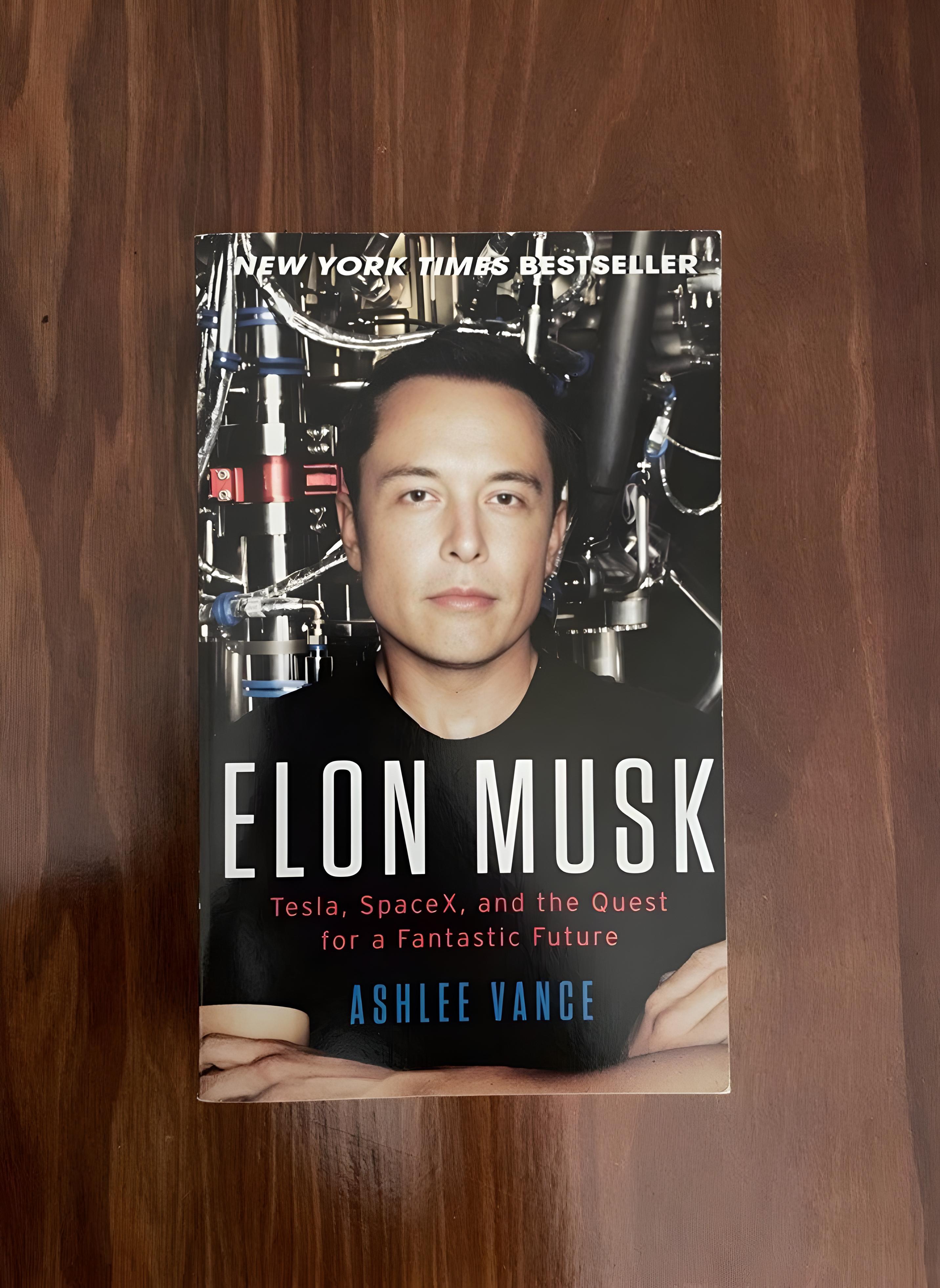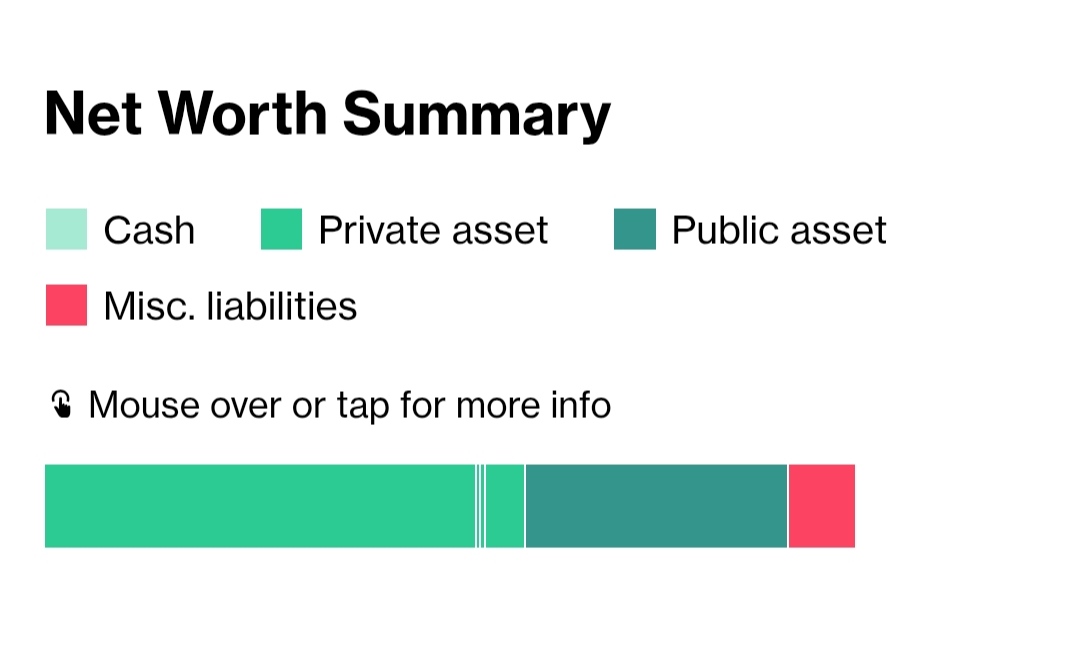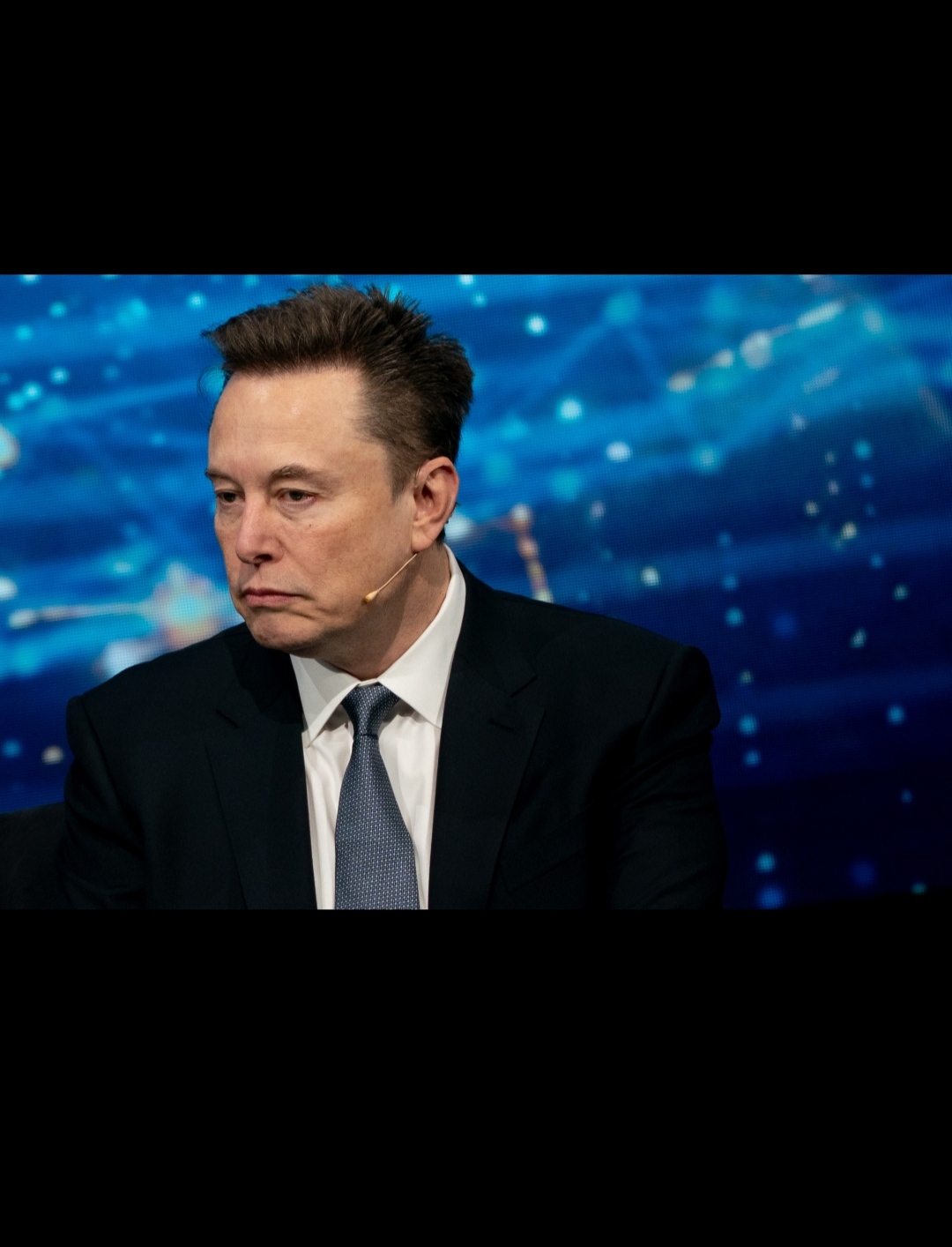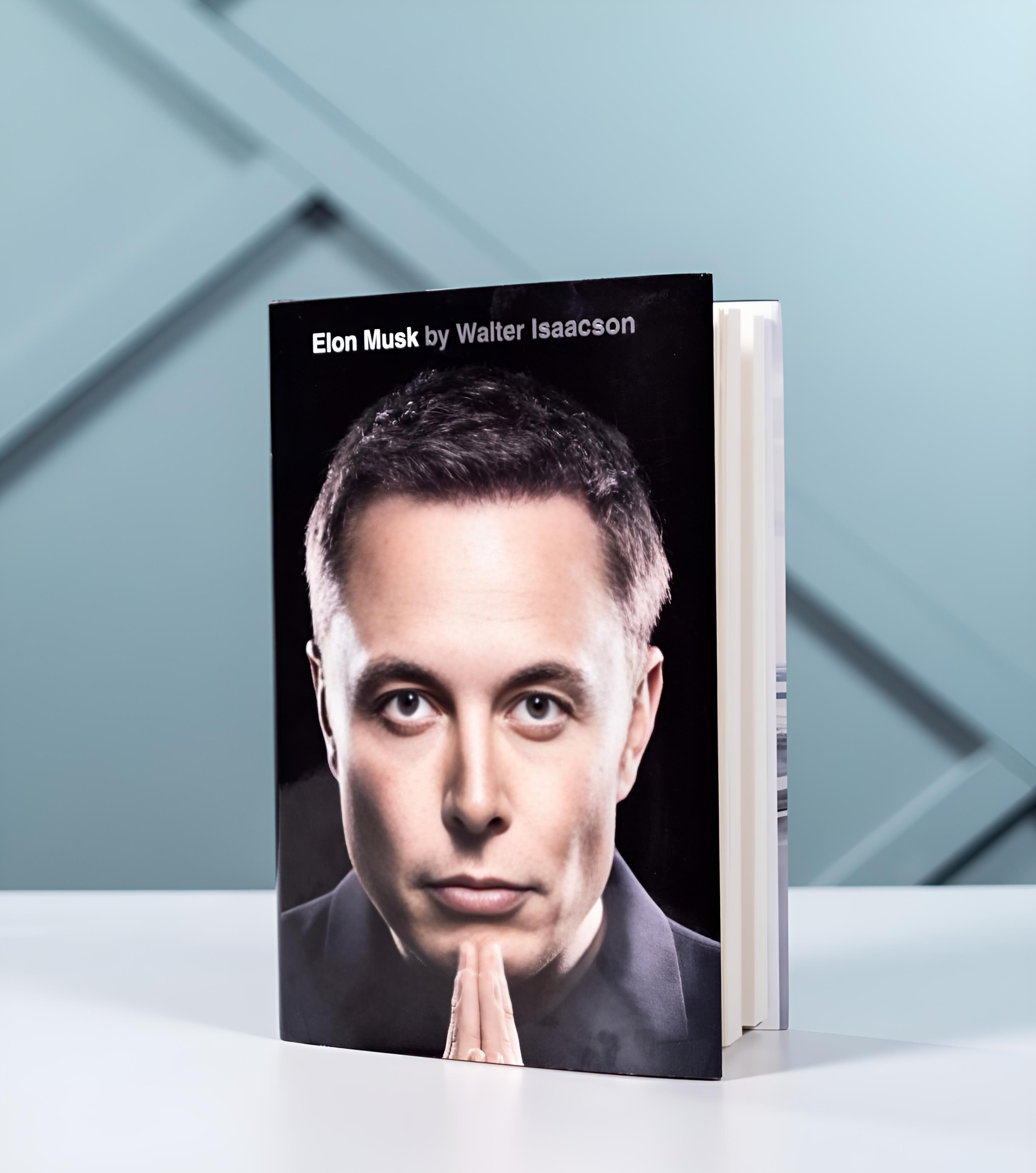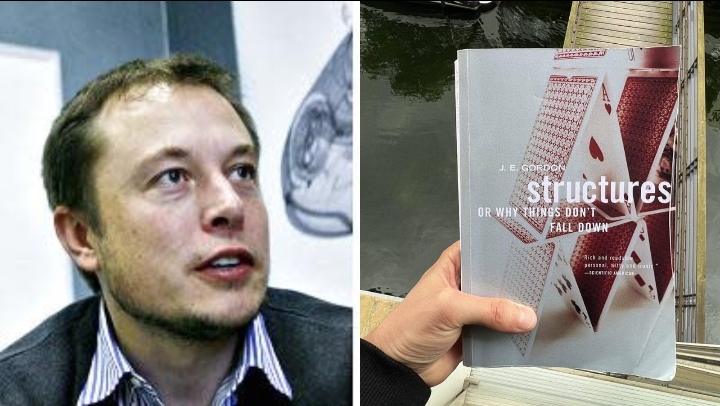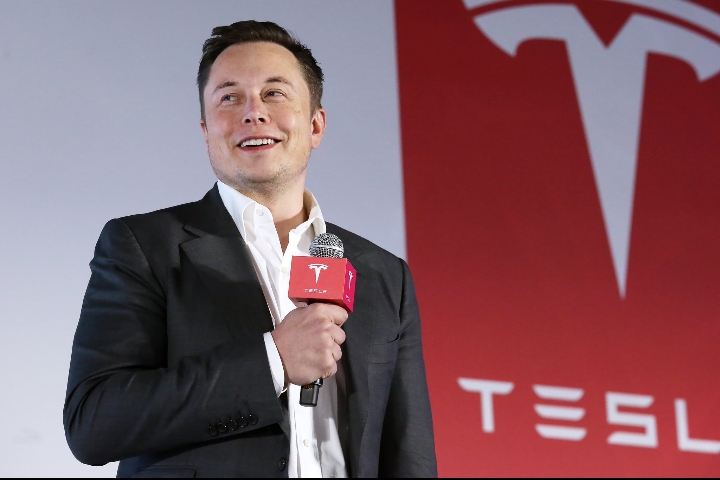Back
Anonymous
Hey I am on Medial • 1y
3. Strategic Partnerships: While promoting in-house innovation, Musk also forms strategic partnerships when beneficial. Examples include NASA contracts for SpaceX and battery collaborations with Panasonic for Tesla. 4. Focus on Scalability: Musk scales up operations aggressively once proof of concept is achieved. Tesla’s Gigafactories and SpaceX’s increased launch cadence are prime examples, where production is scaled to meet future demand. 5. Media Mastery: Musk leverages social media, especially Twitter, to communicate directly with the public, manage PR crises, and generate buzz around his companies. His tweets often drive significant attention and market shifts. 6. Building a Cult-Like Brand Loyalty: Tesla’s customers and Musk’s fans are fiercely loyal. Musk nurtures this by positioning Tesla and SpaceX as not just companies, but as movements toward a better, more sustainable future. This creates a passionate customer base that acts as brand advocates. 7. Multi-Tasking Across Industries: Musk strategically balances multiple ventures (SpaceX, Tesla, Neuralink, Boring Company), allowing ideas and innovations to cross-pollinate between industries. This diversification also reduces risk if one venture faces challenges. 8. Mission-Driven Leadership: Musk’s companies are driven by larger missions (Tesla with sustainable energy, SpaceX with space exploration). This mission-driven approach attracts employees, investors, and customers who align with these broader goals, fostering strong engagement. 9. Cost Efficiency Through R&D: Heavy investment in research and development helps Tesla and SpaceX innovate while driving costs down. For example, SpaceX developed reusable rockets, cutting launch costs dramatically. 10. Recruitment of Top Talent: Musk attracts and retains top talent by creating a high-pressure but innovative environment. He seeks people with a “can-do” attitude, who are passionate about solving the hardest problems. 1. Horizontal Integration: Musk doesn’t just focus on vertical integration (producing components in-house) but also on creating synergies across his companies. For example, Tesla’s energy storage systems (Powerwall) benefit from advancements in battery technology developed for electric cars, while SolarCity complements Tesla’s clean energy mission. 2. Big Vision, Small Steps: While Musk sets enormous, long-term goals (e.g., Mars colonization, sustainable energy for the planet), he breaks them down into achievable milestones, like sending reusable rockets into orbit or creating affordable electric vehicles (Tesla Model 3). 3. Engineering-First Culture: Both Tesla and SpaceX are driven by an engineering-centric culture, where engineers, not just business executives, play a crucial role in decision-making. This promotes innovation and problem-solving from the ground up.
Replies (1)
More like this
Recommendations from Medial
Download the medial app to read full posts, comements and news.



